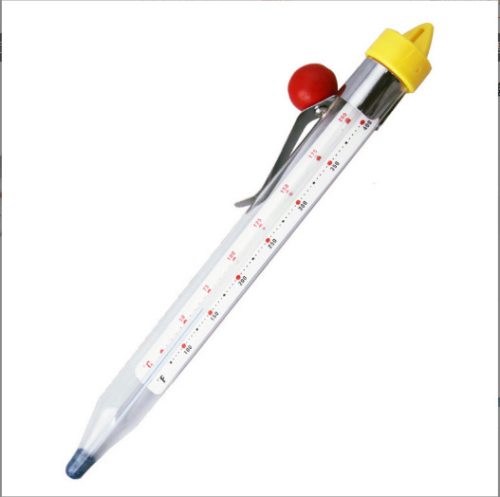Mastering the use of hygrometers involves not only understanding how they work but also implementing certain tips and tricks to ensure accurate measurements and efficient use. Here are some tips and tricks to become proficient in using hygrometers:
1. Calibration:
Regular calibration: Ensure your hygrometer is calibrated periodically to maintain accuracy. Follow the manufacturer’s instructions for calibration.
Salt test: Conduct a salt test by placing your hygrometer in a sealed container with a damp salt solution (saturated salt solution) for calibration purposes.
2. Placement:
Avoid direct sources: Keep hygrometers away from direct sources of moisture, heat, or airflow as they can affect the readings. This includes radiators, air vents, windows, or drafts.
Elevated placement: Place the hygrometer at eye level in the room to get accurate readings representative of the overall environment.
3. Maintenance:
Keep it clean: Regularly clean the hygrometer to prevent dust or dirt from affecting its accuracy.
Check batteries: If using electronic hygrometers, ensure the batteries are in good condition for accurate readings.
4. Monitoring changes:
Observe trends: Monitor changes in humidity levels over time to understand patterns. This is particularly important in environments where humidity fluctuations can impact processes or comfort.
5. Understanding humidity:
Relative humidity vs. Absolute humidity: Understand the difference between relative humidity (rh) and absolute humidity. Rh indicates the percentage of moisture in the air relative to the maximum it can hold at a given temperature.
Dew point: Learn about the dew point and its significance in understanding moisture content and potential condensation.
6. Multiple readings:
Take multiple measurements: Check humidity levels in different areas or at different times to ensure consistency and accuracy across your space.
7. Use in specific environments:
Tailored hygrometers: Choose hygrometers suited for specific environments or industries. For instance, a high-precision hygrometer might be necessary for scientific or industrial applications.
8. Document and analyze data:
Record readings: Maintain a log or record of humidity measurements, especially if it’s crucial for your work or living conditions.
Data analysis: Analyze trends in humidity levels over time to anticipate changes and make adjustments accordingly.
9. Seek professional advice:
Consult experts: If humidity control is critical in specialized fields like agriculture, manufacturing, or health, consider seeking advice from professionals for optimal use of hygrometers.
By incorporating these tips and tricks into your hygrometer usage routine, you’ll enhance your ability to measure and manage humidity levels effectively for various purposes, ensuring accuracy and reliability in your measurements.


